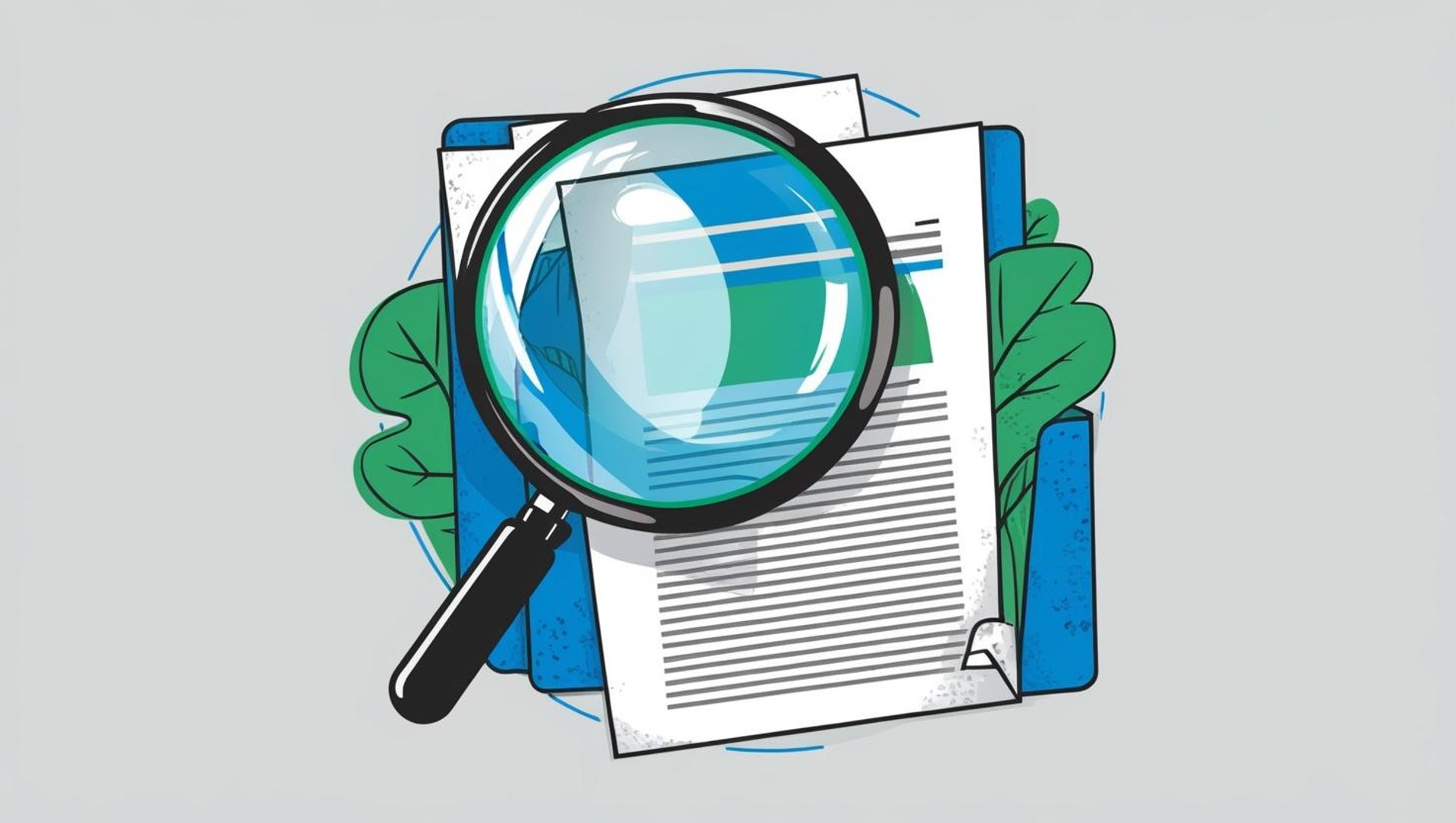CAPILIST ™
LEAD THE FUTURE ™

Understanding: What is the Prospectus?
DOCUMENTATION
Mauro Correro
When evaluating an investment opportunity, one of the first and most important documents to look at is the Prospectus. This isn’t just legal fine print it's a formal disclosure document that provides essential details about an investment, helping investors make informed, confident decisions.
Whether you're considering a new stock, bond, mutual fund, or any other regulated offering, the prospectus is your go-to source for understanding what you're investing in, what it could yield, and what risks you're taking on.
Types of Prospectus
Most investors will come across two types of prospectus, each serving a different stage in the offering process:
Preliminary Prospectus (Red Herring):
This version is published before the final terms are approved. It includes a detailed outline of the investment, but certain figures like the exact number of shares or pricing are still subject to change. It helps investors begin their evaluation early, but it’s not yet binding.Final Prospectus:
This is the official and fully approved version, containing all finalized terms of the offering. It includes regulator-approved data, like the exact number of shares, offering price, and legal confirmations. This is the version investors rely on to make actual purchase decisions.
What Information Does a Prospectus Include?
A well-prepared prospectus gives investors a comprehensive overview of what they’re getting into. Key elements include:
Financial Health & Growth Potential
Detailed financial statements, historical performance, and strategic plans help you assess the issuer’s long-term viability and expansion outlook.Risk Factors
Every investment carries risk, and the prospectus must clearly list potential risks such as market volatility, regulatory uncertainty, or operational issues that could affect returns.Fee Structures
Transparent information about management fees, administrative costs, and other charges helps investors calculate the real cost of their investment.Use of Proceeds
It outlines how the company or fund plans to use the raised capital, whether for expansion, debt repayment, R&D, or other purposes.Legal and Regulatory Disclosures
Including compliance details, underwriter information, and any pending legal matters that might impact the offering.
Reading a prospectus might not be the most thrilling part of investing but it’s one of the most critical. By learning how to interpret it, you give yourself the tools to compare different offerings objectively, identify red flags early, and make smarter, more strategic investment choices.
